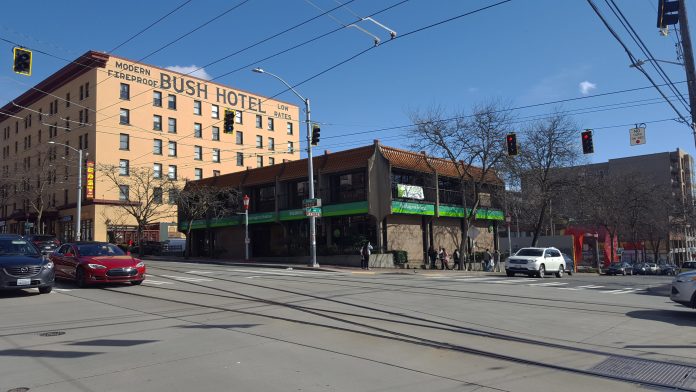Washington is rolling out “Opportunity Zones” to provide tax incentives to invest in economically distressed areas of the state. The program takes advantage of federal tax policy changes made last year, which allows states to designate up to 25% of all low-income census tracts as Opportunity Zones. A full 556 census tracts in the state met the eligibility criteria for designation, but the Washington State Department of Commerce (“Commerce”) had to whittle that number down to 139 designated census tracts to fit within the program parameters.
How Opportunity Zones Work
Fundamentally, the Opportunity Zone program allows businesses to defer payment of capital gains on assets held or invested within an Opportunity Zone. These typically include things like real estate, housing, and infrastructure investments. To qualify for the program, businesses must put any proceeds that would normally constitute a capital gain in an Opportunity Zone community within 180 days of realizing the gain (i.e., sale of the asset). For now, the program is planned to remain in effect through 2026, which should offer a long window of tax deferral on capital gains.
The tax incentive only applies to federal capital gains taxes; it doesn’t affect states that impose their own capital gains taxes (Washington state is not currently one). Such states incur no hit to state tax revenues by participating in the program. So far, most states appear poised to participate in the program because opting out would mean leaving a substantial amount of federal dollars on the table that could act to invigorate depressed areas in need of private investment–assuming the program works as envisioned.
Washington’s Approach to the Program
Over the past few months, Commerce collaborated with an expansive set of stakeholders to determine which eligible census tracts should receive designation. The process allowed stakeholders such as tribes, ports, and counties to nominate specific eligible census tracts. Commerce allowed 69 census tracts to be nominated across the state by counties. The formula ensured that each county would receive at least one designated census tract, but some counties were eligible for up to five. A further 29 census tracts were allocated to the federally-recognized tribes in the state. Lastly, Commerce allowed 29 census tracts to be designated by a competitive process by wide-ranging stakeholders (e.g., cities, public housing authorities, and port districts).
This method of designating Opportunity Zones seems to have resulted in a good mix of areas participating in the program. Opportunity Zones will therefore target many different contexts: urban, rural, suburban, tribal lands, industrial and port areas, east and west of the Cascades, and communities of all types throughout the state.
In the Puget Sound, several Opportunity Zones are fairly notable, including: Yesler Terrace, Squire Park, Cherry Hill, and Chinatown-International District in Seattle; Downtown Tacoma and Hilltop Neighborhood; Downtown Everett and Paine Field; and Downtown Bremerton. By and large, these designations seem to make a lot of sense since they tend to feature elements of economic distress (e.g., lack of business activity, high rates of poverty, or blight). The new Opportunity Zone designations will undoubtedly send signals to investors that they should make investments in these areas, which could spur consequential growth in jobs and housing. For the most part, that probably is a good thing, especially if it means more housing investments closer to jobs or better jobs where populations are underserved by local jobs.
However, in some cases, the wisdom of designating some of these Opportunity Zones may be somewhat questionable. Take Chinatown-International District, for instance, which already has a red-hot real estate market right now. An enormous amount of private resources have been funneled into the neighborhood for redevelopment in recent years. Adding a tax incentive into such an in-demand neighborhood could merely add fuel to the gentrification fire. The threat of pushing out long-standing residents, businesses, and cultural resources is not exactly what the program is supposed to do. Some of that could be partially mooted in the Chinatown-International District, however, given that Mandatory Housing Affordability requirements are in force, but that’s not yet the case in many other areas in and around Seattle.
The Opportunity Zone program will certainly not solve all of the economic challenges that economically-deprived communities face–as economic distress is often related to many other factors besides just private investment, such as access to educational opportunities, social welfare programs, grocery stores, and public transportation–but it could offer one more tool in the toolbox to promote vitality in communities in sore need of an economic lift. In the next few years, we will find out how they end up performing across a variety of communities in the Puget Sound and state, getting a better sense of their efficacy. Hopefully the results will be positive across the board.
Stephen is a professional urban planner in Puget Sound with a passion for sustainable, livable, and diverse cities. He is especially interested in how policies, regulations, and programs can promote positive outcomes for communities. With stints in great cities like Bellingham and Cork, Stephen currently lives in Seattle. He primarily covers land use and transportation issues and has been with The Urbanist since 2014.



